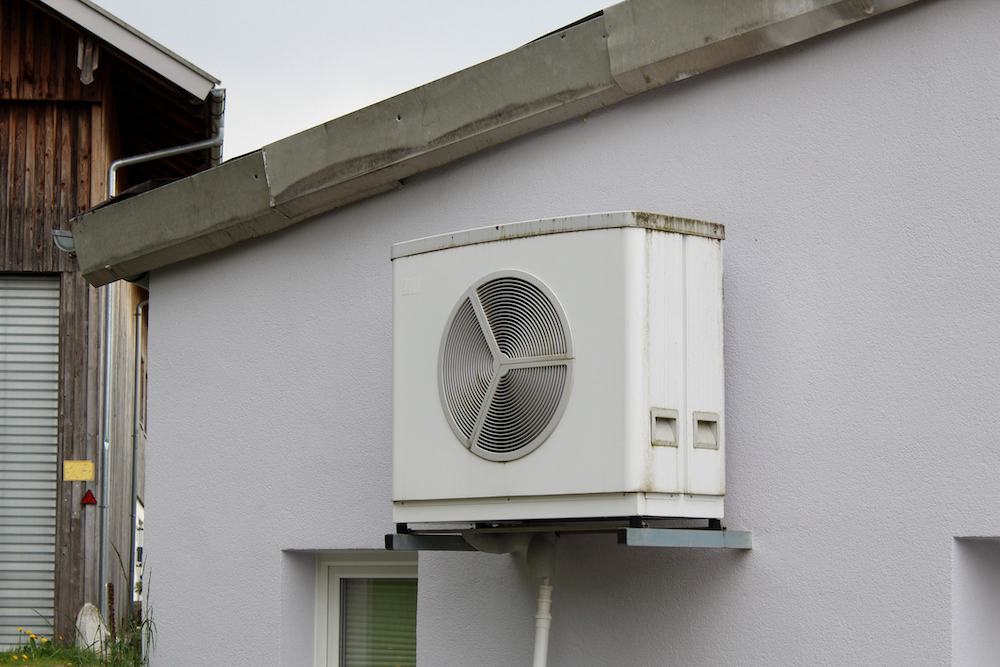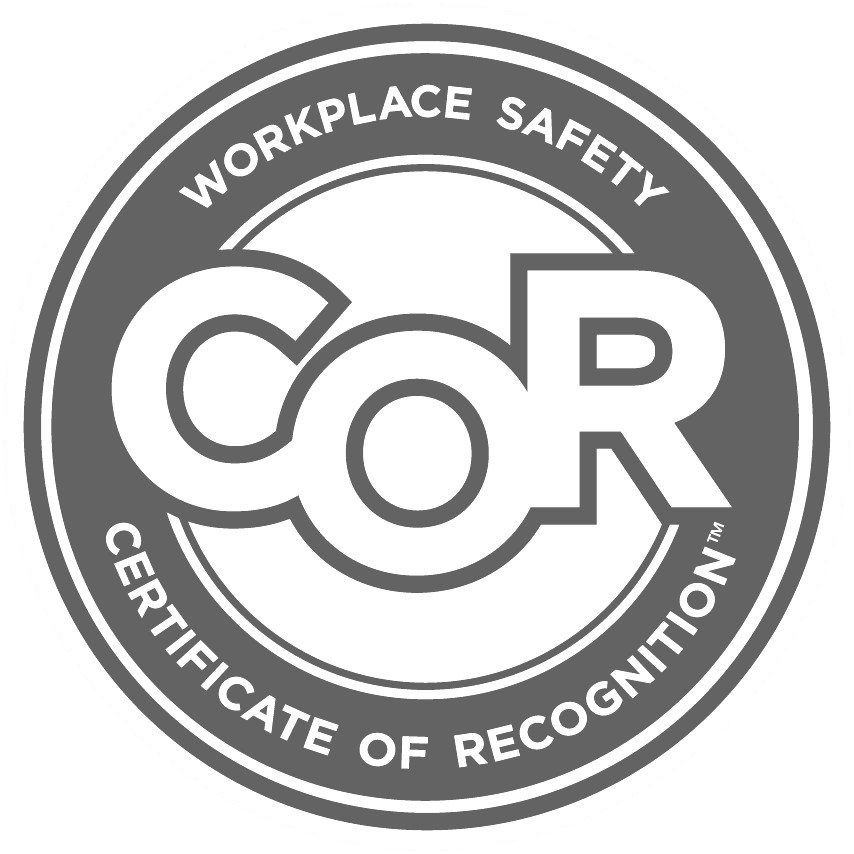How To Tell If My Furnace Is Gas or Electric
Your home furnace plays an essential role in keeping you and your family warm and comfortable during the winter. And like any home appliance, furnaces come in all kinds of designs and models, including electric and gas.
If you have a furnace in your home, there's a chance you've questioned how it's powered. We're here to tell you how your furnace functions actually impact the effectiveness of your heating system, as well as the precautions you need to take in order to maintain it throughout its service life. So, how can you tell whether you have a furnace that is gas or electric?
The team at Romaniuk Heating and Air Conditioning is going to outline how to do so below, so for more information, keep reading!
How Do I Know What Kind of Furnace I Have?
Knowing what kind of furnace you have—gas or electric—is crucial for safety and for servicing responsibilities. How to identify the type of furnace you have is as follows:
· Examine the fuel source tag: The simplest method for determining the type of furnace you own is to visually inspect it. Inspect your furnace for a label on the exterior of the compartment. This label typically contains essential information about the furnace, like the fuel source, brand, and more. A gas furnace's label may read "propane" or "natural gas." For an electric furnace, "electric" can be mentioned.
· Inspect the burner container: If the burner chamber can be accessed, open it and take a look inside. In gas furnaces, burners light natural gas or propane to provide heat. In contrast, heating elements or coils are used in electric furnaces.
· User handbook: If you have the user handbook for your furnace, look it up there. The kind of furnace and the source of its energy must be mentioned.
· Consult an HVAC technician: If you are uncertain about the type of furnace or are unable to figure it out on your own, see an HVAC technician in your area. They may do any necessary maintenance, examine the equipment, and provide specialist guidance regarding the sort of furnace you have.
What Does an Electric Furnace Look Like?
An electric furnace is usually made up of a number of typical elements and features. Here is a closer look at how you can identify if you have an electric furnace installed in your home:
· Metal container: An electric furnace is housed in a metal enclosure made of metal or a similar solid material. The cabinet protects every inside mechanical component, offering protection to the parts and safety to you and your family.
· Accessibility panels: These furnaces usually feature detachable screens that allow maintenance and repairs. Panels are securely fastened in place with screws.
· Heating elements: The cabinet contains a number of electric heating elements. The air is heated by these parts, which mimic metal coils or strips. Depending on the kind of furnace you have, they can come with a different design.
· Control panel: Electric furnaces utilize a control board or electronic control system that governs the furnace's operation. This can include features like safety mechanisms and a thermostat connection.
· Wiring and electric components: Since electric furnaces generate heat through the use of electricity, you'll notice a range of electrical parts, including cables, plugs, and occasionally relays.
· Service labelling: The furnace usually has labels or tags on it that list important information like the model number, the date of manufacturing, and the wiring specifications.
What Does a Gas Furnace Look Like?
A gas furnace has special characteristics that set it apart from many other kinds of furnaces. The standard look of a gas furnace is as follows:
· Metal cabinet: Gas furnaces, comparable to electric ones, are housed in metal cabinets.
· Burner: The most distinguishing part of a gas furnace is the burner assembly. This system is housed inside the compartment and is responsible for lighting and heating natural gas or propane. The burners have a tube-like or pipe-like appearance.
· Heat exchanger: Unlike a furnace powered by electricity, a heat exchanger is placed above or around the burner unit and is used to soak up the heat produced by the burners.
· Vent or flue pipe: An exhaust or flue pipe connects to the burner part of a gas furnace. The combustion gases and furnace exhaust are transported outside via this conduit. It is essential for both your protection and fume ventilation.
· Gas valve: In gas furnaces, the gas shutoff valve regulates the amount of natural gas supplied to the burners.
· Ignition system: A pilot light serves as the ignition system, which ignites the burners in gas furnaces.
· Service labels: The furnace will, again, have service tags with information on the make, model number, manufacturing date, and gas specifications.
Knowing whether you have an electric or gas furnace is crucial for both operational and safety purposes. The fuel supply label on the appliance will often read "natural gas" or "propane" for gas furnaces and "electric" for furnaces powered by electricity. This will assist you in determining the type of furnace you own. If the burner chamber can be reached, open it. While gas furnaces have burners, electric furnaces have coils or other heating elements. If you're not sure, you may also consult your furnace's user handbook or get guidance from an HVAC technician in your area.
The staff at Romaniuk Heating and Air Conditioning are here to help whether you're in search of a new furnace for your home. We offer an extensive selection of both electric and gas-powered furnaces that we can tailor to your unique needs and budge.
Schedule a consultation appointment with one of our home comfort advisors to learn more about our current discounts and financing options that can help you save big on your new purchase. You’ll also receive a complimentary new system purchase quote.
Book with Romaniuk Heating and Air Conditioning using our online booking form or by giving us a call. We look forward to partnering with you!





